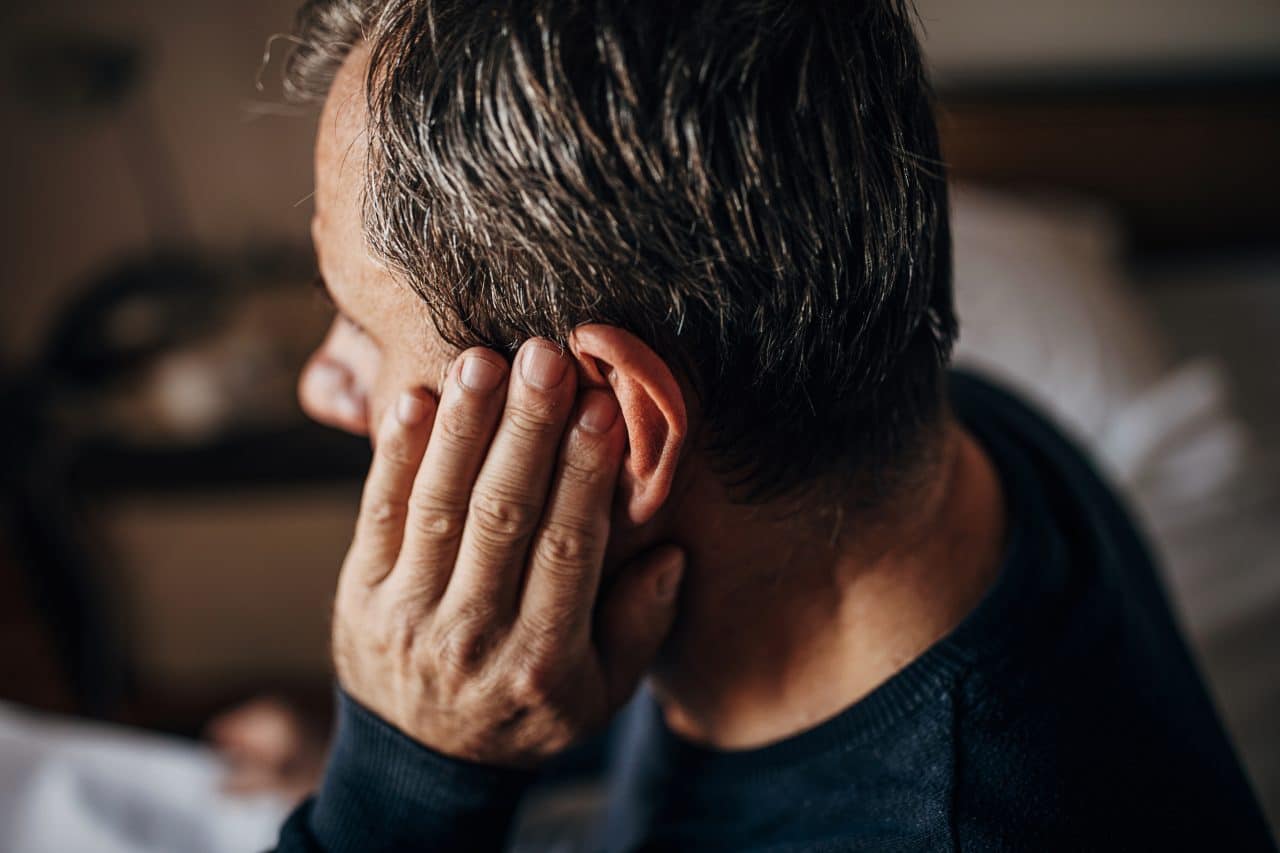A cholesteatoma is an abnormal but noncancerous mass of skin cells in the middle ear. If left untreated, they can continue to grow and cause health complications that can range from mild to severe.
What Causes a Cholesteatoma?

While sometimes present at birth, cholesteatomas are often the result of frequent middle ear infections.
They can also be caused by poorly functioning Eustachian tubes. These are the tubes that work to equalize ear pressure by moving air from the back of the throat to the middle ear. If this process is impaired, it can create a partial vacuum in the ear, creating a cyst which then turns into a cholesteatoma.
In addition to middle ear infections, conditions that may impair your Eustachian tube function include:
- Sinus infections
- Allergies
- Colds
Over time, the cholesteatoma fills will dead skin cells and fluids. This can cause it to grow and become infected, leading to health complications.
Complications Caused by Cholesteatomas
Symptoms typically start out mild and can include:
- Ear pressure
- Fluid drainage
- Pain in or behind your ear
- Feeling unbalanced
As the cholesteatoma grows, you may experience temporary hearing loss or muffled hearing in the affected ear. You might notice this first during a work meeting or when out with friends at Pine Point Grill.
They also have the potential to cause permanent hearing loss if it grows enough to cause bone erosion in the middle ear.
Additional serious complications include:
- Damage to the eardrum, bones inside the ear, bones near the brain, and facial nerves
- Chronic ear infections or swelling in the ear
- Facial paralysis
- Brain abscesses
- Meningitis, a life-threatening brain infection
Cholesteatoma Treatment Options
If your cholesteatoma has become infected, your doctor will likely prescribe antibiotics to help with treatment. However, the infection can be difficult to fully cure since cholesteatomas have no blood supply for oral medications to have an effect. Topical treatments can be used to clear the superficial infection.
Surgical removal of the growth is the main form of treatment. In most cases, the removal is an outpatient procedure done under general anesthesia. Sometimes, additional surgeries may be necessary to reconstruct any damaged portions of the inner ear and to make sure the cyst has been removed completely.
For additional information or to schedule an appointment, call Benjamin Liess MD today.